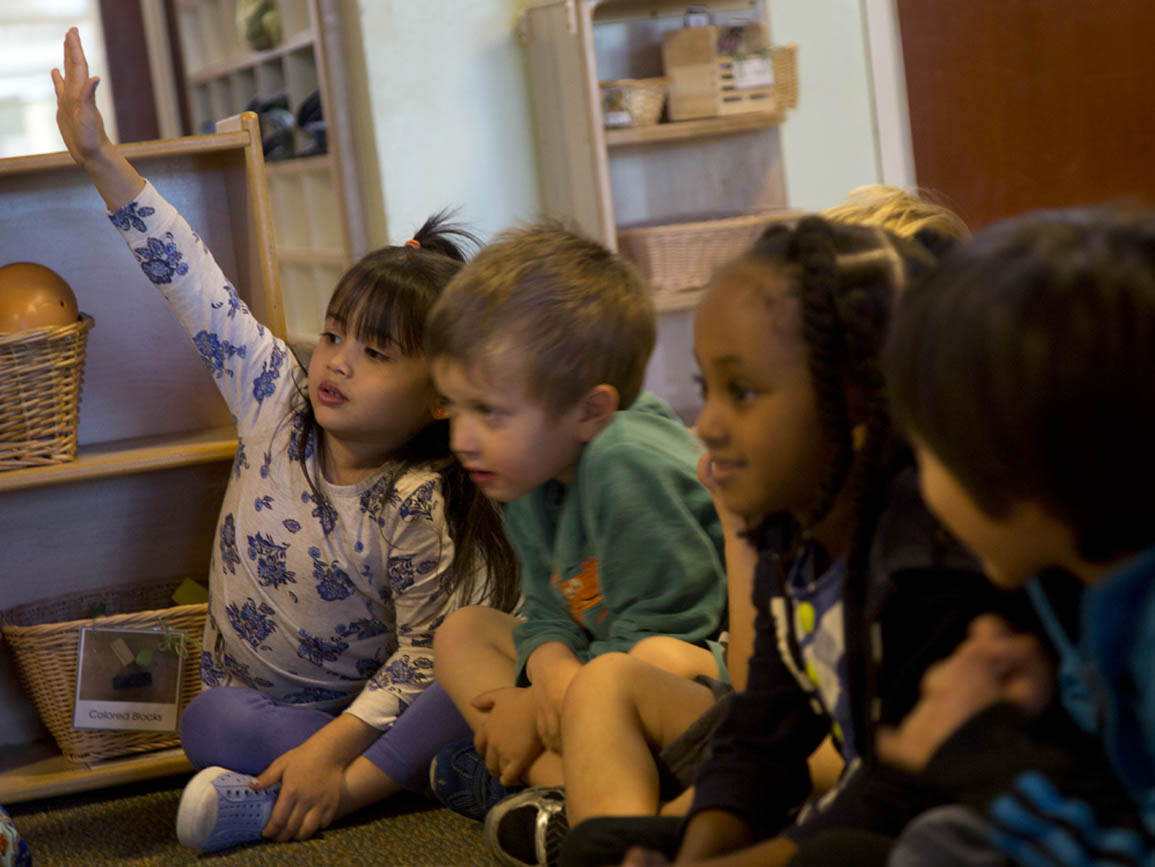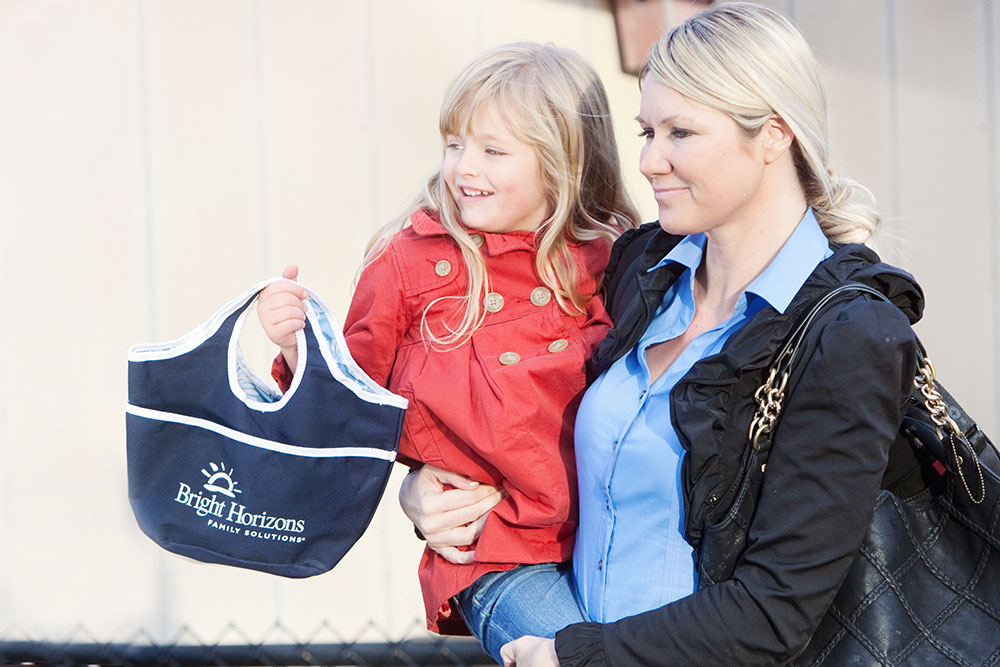Is your child fascinated by unique objects? Are they constantly asking “why” or “how”? Do they love to make new things? Museum learning fosters curiosity and creativity — but you can create that same sense of wonder at home.
Young children learn best through active, hands-on exploration. They love to create, build, explore, discover, and experiment, and these experiences offer rich, memorable learning that sticks (in a way that worksheets and drills can’t).
Below are a few ideas for creating a “museum” environment at home:
- Offer loose parts. Loose parts are common objects that can be used in a variety of ways. They’re usually free or very inexpensive, and children use them for pretending, playing games, building, and much more. Loose parts can be smooth stones, shells, pine cones, acorns, cardboard tubes, hair rollers, pieces of material, or even jar lids. Gather a few materials in a basket and see the learning happen.
- Create treasure baskets for babies. A treasure basket is simply a small collection of safe, nontoxic items for babies to explore. Think of it as a miniature version of loose parts specially created for infants.
- Make collections. Gather a few items based on your child’s interests and display them. For example, if your child is interested in birds, display a few books on birds, feathers, a nest, or toy birds.
Museum Culture at Bright Horizons Centers
At Bright Horizons, we’re bringing the museum right into our centers through a collaboration with the Smithsonian®. Launched last year, this program incorporates project challenges — or Discoveries — that encourage hands-on exploration.
What are Discoveries?
Bright Horizons educators worked with the Smithsonian to develop four Discoveries — Collections, Music and Sound, Buildings and Construction, and Self-Identity. These project challenges are designed to help children connect their own world, history, and the world around them — all while exploring images of artifacts from the Smithsonian’s renowned collections.What do children learn from Discoveries?
Each project challenge focuses on something different.
Collections, for example, is all about collecting and categorizing. These two activities are naturally kid-friendly, and can help your child build important math and science skills. Children examine images of the Smithsonian’s collections of natural artifacts, beautiful things, and favorite treasures and get inspired to learn, create, and wonder.
Buildings and Construction explores the world of design through STEM-based learning. Children look at images of different historic and modern structures and learn about blueprints, construction machines, and local buildings.
Why are project challenges important?
Children love to dive deeper, and projects give them the chance to do so. Projects integrate language, math, science, and art into meaningful, fun activities; plus, they help build cognitive, physical, and social-emotional skills. The benefits are endless!Learn more about our collaboration with the Smithsonian here.





